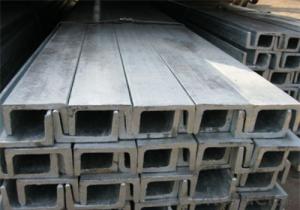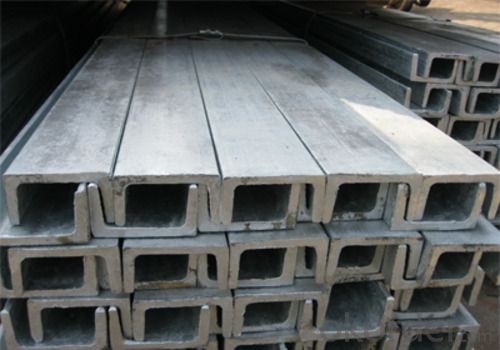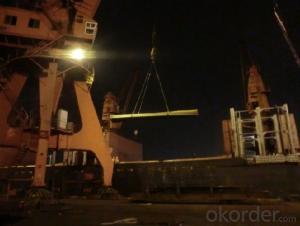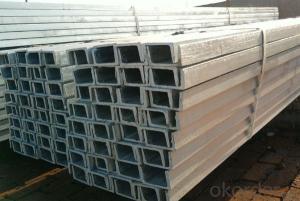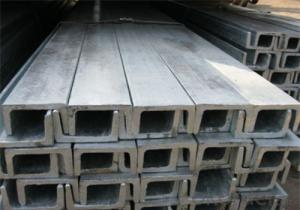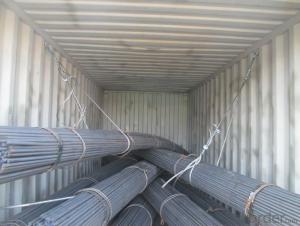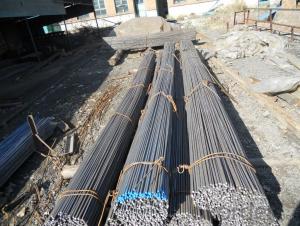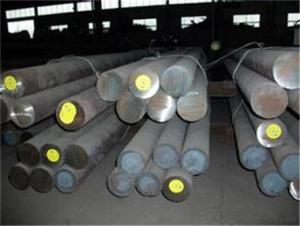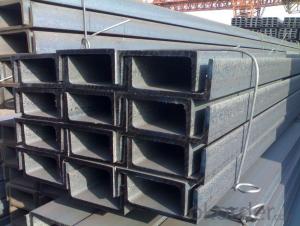Channel Bar Hot Rolled Zinc Coated from Tianjin
- Loading Port:
- Tianjin
- Payment Terms:
- TT OR LC
- Min Order Qty:
- 35 m.t.
- Supply Capability:
- 40000 m.t./month
OKorder Service Pledge
OKorder Financial Service
You Might Also Like
Specifications
1)U-Channel Steel
2)high quality Channel Steel
Hot Dipped Galvanized Channel Bar
1)Material: Q235,A36,SS400
2)Size:75*40-1
1.Height:80-300mm
2.Thickness 1.2 -3.0mm
2.Material:Q235/Q195/Q345
3.Surface: Galvanized.
4.Standard:JIS/ASTM/DIN
5.Specification:C80*40*15 C100*45*15-C200*40*43-C400*50*15
6.Zinc coat: 275g/m2.
7.Packing:2-3t/pvc bag steel pallet or according to the customers` requirments
8.MOQ: 20ton
9.Delivery time: 15 days
10.Payment: T/T(30% advance), L/C at sight
Our company specializes in manufacturing profile steel products such as H beams,I beams,Channel steel,Angle steel , and also can find some best quality steel plate,steel pipe ,steel coils,tinplate and many kinds of steel products of this kind.Through past decades hard working,we have been well known in China ,we set up the international trade department this year and try our best to have a good beginning,We wish to enter into business relations with you by the commencement of some practical transactions
Should you find interest in our items,kindly let us know.We shall be pleased to give you our lowest quotations upon receipt of your detailed requirements.
We look forward to receiving from you specific enquiries,also welcome you visit our company at anytime.
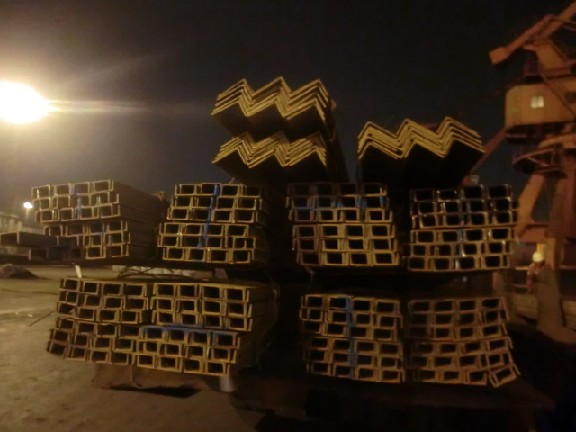
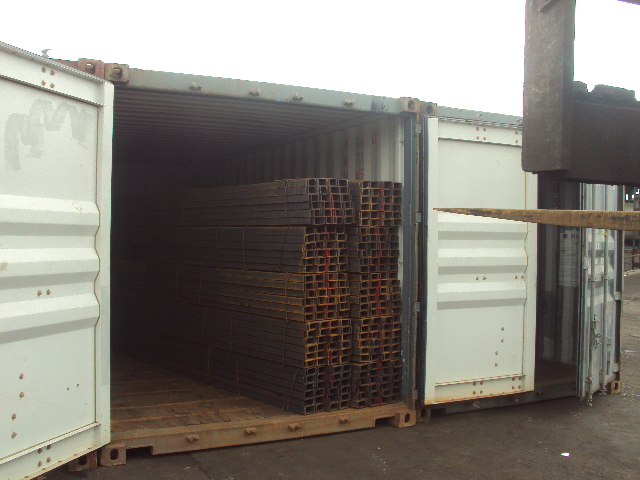
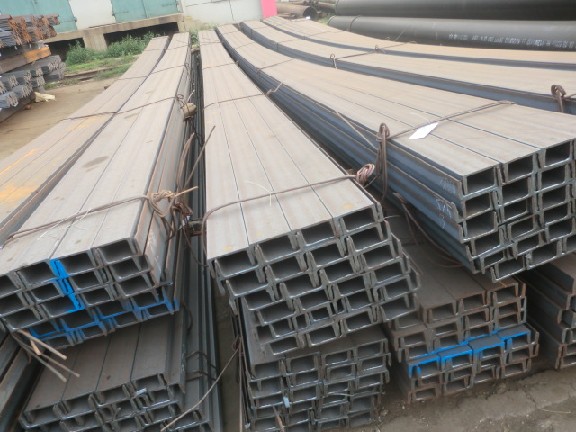
- Q: What are the different methods of protecting steel channels from impact damage?
- There are several different methods of protecting steel channels from impact damage. One common method is to install protective guards or barriers around the steel channels. These guards can be made from materials such as rubber, foam, or plastic, and are designed to absorb and distribute the force of any impacts, preventing them from directly hitting the steel channels. These guards can be attached to the channels using adhesive, fasteners, or other mounting methods. Another method is to apply a protective coating or paint onto the steel channels. This coating can act as a barrier between the channel and any potential impact, reducing the risk of damage. The type of coating used will depend on the specific environment and level of impact resistance required. Using impact-resistant materials during the fabrication of the steel channels is also an effective method of protection. By using materials that have high impact resistance, such as hardened steel or composite materials, the channels are less likely to sustain damage in the event of an impact. In some cases, adding additional reinforcement to the steel channels can provide increased protection against impact damage. This can be achieved by attaching reinforcing plates or brackets to the channels, which can help distribute the force of an impact and prevent it from concentrating on a single point. Proper installation and maintenance of the steel channels can also play a crucial role in protecting them from impact damage. Ensuring that the channels are securely fastened and regularly inspected for any signs of wear or damage can help identify and address any potential issues before they become more serious. It is important to consider the specific requirements and environment in which the steel channels are being used when choosing a method of protection. Consulting with experts or professionals in the field of steel fabrication and impact protection can provide valuable insights and guidance in selecting the most suitable method for protecting the steel channels.
- Q: Can steel channels be used in the aerospace parts manufacturing industry?
- Indeed, the aerospace parts manufacturing industry can employ steel channels. The construction of aircraft structures and components often relies on steel channels, owing to their remarkable attributes of strength, durability, and resistance to deformation. Framing, support structures, and reinforcement for crucial aerospace parts are among the diverse applications that steel channels can fulfill. By providing structural integrity and stability, steel channels play a pivotal role in ensuring the secure and dependable operation of aerospace vehicles. Moreover, the aerospace industry benefits from the ease of fabrication and welding that steel channels offer, rendering them an excellent choice that upholds precision and quality, which are paramount in this field.
- Q: In the construction engineering construction site, such as channel material piled reinforced why mat wood, directly on the concrete floor (ground) on the surface is not?
- 1. Prevent rust.2. Keep the component clean and non clay. Otherwise, the rain will take enough time to clean the components.3. Convenient transportation. When the component is high, it is convenient to wear a steel rope to bind, a bundle of steel bars, the transportation efficiency is high; you put the steel bar directly on the ground, and later inconvenient to transport by crane, can only move out one by one.
- Q: How do steel channels perform under wind loads?
- Construction and engineering projects often utilize steel channels to provide stability and structural support. Steel channels excel in resisting wind loads due to their strength and rigidity. Wind loads exert forces on structures, including uplift and lateral forces. Steel channels possess high tensile strength, enabling them to withstand these forces without significant deformation or failure. These channels are designed to effectively distribute and transfer wind forces to the foundation or other structural elements. The performance of steel channels under wind loads is also influenced by their shape and cross-sectional design. The profile of a steel channel efficiently dissipates wind energy, reducing the risk of structural damage or failure. The open design of these channels minimizes wind resistance, further enhancing their ability to withstand wind loads. Furthermore, steel channels can be customized and engineered to meet specific wind load requirements based on geographic location. Engineers consider factors such as wind speed, direction, and exposure to determine the optimal size, shape, and spacing of steel channels. In conclusion, steel channels are highly dependable and effective in withstanding wind loads. Their high tensile strength, shape, and customization options make them an excellent choice for structures exposed to strong winds. Whether it be a bridge, building, or any other construction project, steel channels offer the necessary support and stability to withstand wind loads and maintain the structural integrity of the entire system.
- Q: Can steel channels be used for fencing?
- Yes, steel channels can be used for fencing. They provide strength, durability, and security, making them an ideal choice for fencing applications.
- Q: What are the considerations for steel channel connections to timber structures?
- When considering steel channel connections to timber structures, there are a few important factors to take into account. These considerations include the compatibility of materials, load capacity, joint design, and potential for corrosion. First and foremost, it is crucial to ensure that the steel channel and timber are compatible materials. This involves assessing the mechanical properties of both materials, such as their strength and stiffness. Additionally, any potential chemical reactions between the materials should be considered to avoid corrosion or degradation. The load capacity of the connection is another crucial consideration. The steel channel must be able to support the anticipated loads without compromising the structural integrity of the timber. This requires a thorough analysis of the applied loads, including static and dynamic forces, as well as any potential impact or wind loads. The design of the joint is also critical for a successful connection. The steel channel should be properly sized and positioned to distribute the loads evenly across the timber members. This may involve using appropriate fasteners, such as bolts or screws, and ensuring that they are properly installed and tightened to achieve the desired level of connection strength. Finally, the potential for corrosion should be carefully evaluated. Steel is susceptible to corrosion when exposed to moisture or chemicals, which can weaken the connection over time. Proper protective measures, such as galvanizing or coating the steel channel, should be considered to prevent corrosion and extend the lifespan of the connection. Overall, when connecting steel channels to timber structures, it is essential to consider material compatibility, load capacity, joint design, and corrosion prevention to ensure a safe and durable connection. By addressing these considerations, the connection can effectively transfer loads and maintain the structural integrity of the timber structure.
- Q: Are steel channels suitable for solar panel installations?
- Yes, steel channels are suitable for solar panel installations. They provide a strong and durable framework to support the solar panels, ensuring stability and longevity. Additionally, steel channels offer flexibility in design and can be easily customized to fit specific installation requirements.
- Q: What are the different methods of finishing steel channels?
- There are several methods of finishing steel channels, each with its own unique characteristics and benefits. Some of the most common methods include: 1. Hot-dip galvanizing: This process involves immersing the steel channels in a bath of molten zinc. The zinc coating provides excellent corrosion resistance, making it ideal for outdoor applications. Hot-dip galvanizing also creates a durable and long-lasting finish. 2. Powder coating: Powder coating involves applying a dry powder to the steel channels and then curing it under heat. This method provides a thick and even coating that is highly resistant to chipping, scratching, and fading. Powder coating is available in a wide range of colors and finishes, allowing for customization. 3. Paint coating: Steel channels can also be finished with various types of paint coatings. These coatings provide both aesthetic appeal and protection against corrosion. Paint coatings can be applied using spray guns, brushes, or rollers, and they offer flexibility in terms of color and texture. 4. Electroplating: Electroplating is a process in which a thin layer of metal, such as chrome or nickel, is bonded to the steel channels through an electrochemical reaction. This method enhances the appearance of the steel channels, providing a decorative and lustrous finish. Electroplating can also improve the corrosion resistance of the steel. 5. Anodizing: Anodizing is primarily used for finishing aluminum channels but can also be used on steel channels. It involves creating an oxide layer on the surface of the metal through an electrochemical process. Anodized steel channels have increased corrosion resistance, improved hardness, and can be dyed in various colors. 6. Mechanical finishes: Mechanical finishes are achieved through processes such as grinding, polishing, or brushing. These finishes alter the surface texture of the steel channels, creating a specific appearance or removing imperfections. Mechanical finishes can range from a smooth and glossy look to a matte or textured finish. Overall, the choice of finishing method for steel channels depends on the desired appearance, level of corrosion resistance, and the specific application requirements. Each method offers its own advantages and considerations, enabling manufacturers and end-users to select the most suitable finish for their needs.
- Q: Can steel channels be used for platform structures?
- Indeed, platform structures can utilize steel channels. Due to their robustness and endurance, steel channels are frequently employed in construction. They possess the capability to bear substantial loads and offer stability to the framework. The fabrication and installation of steel channels are easily accomplished, rendering them suitable for a variety of platform structures like walkways, mezzanines, and elevated platforms. Furthermore, steel channels are adaptable and can be tailored to meet specific design prerequisites. Furthermore, their exceptional resistance to corrosion is vital for structures exposed to outdoor elements or harsh surroundings. Overall, steel channels are a dependable and economically viable option for platform structures.
- Q: Can steel channels be used for exhibition stands?
- Certainly! Exhibition stands can indeed utilize steel channels. These channels, renowned for their robustness and endurance, are widely employed in the construction and engineering sectors. Their exceptional structural reinforcement makes them an excellent choice for crafting resilient exhibition stands. Moreover, steel channels offer the advantage of effortless customization and molding to meet precise design specifications, thus enabling the creation of versatile and distinctive stand layouts.
Send your message to us
Channel Bar Hot Rolled Zinc Coated from Tianjin
- Loading Port:
- Tianjin
- Payment Terms:
- TT OR LC
- Min Order Qty:
- 35 m.t.
- Supply Capability:
- 40000 m.t./month
OKorder Service Pledge
OKorder Financial Service
Similar products
Hot products
Hot Searches
Related keywords
